Pressing the Chest: Treating Diseases Through Acupoints on the Body Surface
February 11, 2024
According to the theory of "body surface-related to internal organs", pressing the chest acupoints with fingers is a method of treating diseases.
1. Upper clavicle acupoints:
(1) Clavicle point 1: Located at the junction of the sternoclavicular joint, at the upper edge of the inner end of the clavicle. Press the finger into the suprasternal notch and press towards the end of the clavicle. It is used to treat palpitations, migraines, dizziness, ear diseases, nausea, and vomiting.
(2) Clavicle point 2: Located at the midpoint of the upper edge of the clavicle, on the inner side of the clavicle. Press the finger deep into the suprasternal notch, against the inner surface of the clavicle, and slide the finger to feel a thin cord-like structure rolling, and a temporal pain. It is used to treat migraines, trigeminal neuralgia, palpitations, diaphragmatic spasm, dizziness; when pressing the finger from the suprasternal notch downwards and inwards, there will be a tingling sensation spreading to the shoulder and swelling and pain in the ulnar side of the upper limb, which is used to treat shoulder swelling, upper limb pain, and stiff neck.
(3) Clavicle point 3: Located at the intersection of the upper edge of the clavicle and the anterior axillary line, one finger width inward and perpendicular pressure. It is used to treat toothache, migraines, and trigeminal neuralgia.
2. Shoulder and arm acupoints:
(1) Shoulder and arm point 1: Located at the subclavian fossa, one finger width outside the midline of the clavicle, where a large oblique muscle bundle can be felt under the skin. Press vertically against the upper edge of the oblique muscle bundle to feel a tingling sensation radiating to the radial side of the upper limb. Press against the lower edge of the oblique muscle bundle to feel a tingling sensation radiating to the ulnar side of the upper limb; or press towards the turning point of the clavicle to feel the shoulder front. It is used to treat numbness, pain, tremor, shoulder pain, and stiff neck.
(2) Shoulder and arm point 2: Located below the clavicle, one and a half fingers width inside the midpoint of the clavicle, press against the first rib. It is used to treat shoulder and arm pain.
(3) Shoulder and arm point 3: Located between the clavicle and the first rib, on the parasternal line, press vertically. It is used to treat shoulder and arm pain, pain along the inner edge of the scapula.
(4) Shoulder and arm point 4: Located below the second rib, slightly outside the midline of the sternum. Press tightly against the lower edge of the rib towards the outer upper direction. It is used to treat shoulder and arm pain (anterior region).
(5) Shoulder and arm point 5: Located above the third costochondral joint. It is used to treat shoulder and arm pain (ulnar side).
3. Chest acupoints
(1) Chest point 1: Located at the lower edge of the fourth rib, one finger width inside the midline of the sternum, press against the lower edge of the rib.
(2) Chest point 2: Located at the lower edge of the fourth rib, one finger width inside the midline of the sternum, press against the lower edge of the rib. Chest point 1 and chest point 2 are used to treat pain in the ribs and upper chest, intercostal neuralgia, palpitations, chest tightness, and other symptoms.
(3) Chest point 3: Located one finger width outside the intersection of the sixth rib and the parasternal line, press downward and perpendicular to the costal cartilage. It is used to treat lower chest pain, intercostal neuralgia.
(4) Chest point 4: Located at the intersection of the rib arch and the parasternal line, press vertically. It is used to treat pain in the rib arch and lower chest.
(5) Chest point 5: Located at the intersection of the rib arch and the midline of the sternum, press vertically. It is used to treat pain in the lower rib area, pain in the liver area.
(6) Chest and rib point 5: One point each at the lower angle of the 1st-5th costal cartilage joints, a total of 10 points on both sides. Press the finger into the intercostal space, close to the edge of the sternum, and press inward and upward. It is used to treat intercostal neuralgia, chest tightness, wheezing, bronchitis, and other diseases.
4. Xiphoid process acupoints:
(1) Xiphoid point 1: Located at the junction of the xiphoid process and the body of the sternum, press upward. It is used to treat dizziness, frontal pain, upper abdominal pain, palpitations, and nausea.
(2) Xiphoid point 2: Located at the junction of the xiphoid process and the rib arch, press towards the edge of the rib arch. It is used to treat upper abdominal pain, vomiting, palpitations, diaphragmatic spasm.
(3) Xiphoid point 3: Located at the tip of the xiphoid process, press upward. It is used to treat frontal pain, fainting, stomach pain, diaphragmatic spasm.
5. Side chest acupoints:
(1) Stomach point 1: Located at the lower edge of the first rib, one finger width outside the midline of the clavicle.
(2) Stomach point 2: Located at the intersection of the fifth rib and the anterior axillary line. The above two points are used to treat stomach pain, nausea, vomiting, diaphragmatic spasm, and palpitations.
(3) Stomach point 3: Located at the intersection of the sixth rib and the parasternal line.
(4) Stomach point 4: Located at the lower edge of the sixth rib, one finger width outside the midline of the sternum.
(5) Stomach point 5: Located at the intersection of the sixth rib and the anterior axillary line.
(6) Stomach point 6: Located at the intersection of the lower edge of the rib and the midline of the axilla. The above four points are used to treat stomach spasms, upper abdominal pain, liver area pain, chest rib pain, abdominal distention, and diaphragmatic spasm.
6. Side abdomen acupoints:
(1) Abdomen point 1: Located at the intersection of the lower edge of the seventh rib and the anterior axillary line.
(2) Abdomen point 2: Located at the intersection of the lower edge of the seventh rib and the midline of the axilla.
(3) Abdomen point 3: Located at the intersection of the lower edge of the eighth rib and the midline of the axilla.
(4) Abdomen point 4: Located at the intersection of the lower edge of the eighth rib and the midline of the axilla. The above four points are used to treat upper abdominal and periumbilical pain, liver and gallbladder diseases, abdominal distention, and intestinal spasms.
(5) Abdomen point 5: Located at the intersection of the lower edge of the ninth rib and the axillary line.
(6) Abdomen point 6: Located at the intersection of the lower edge of the ninth rib and the midline of the axilla.
(7) Abdomen point 7: Located at the intersection of the lower edge of the tenth rib and the midline of the axilla. The above three points are used to treat abdominal pain (mainly in the lower abdomen), abdominal distention, intestinal disorders, liver and gallbladder diseases, and dysmenorrhea.
7. Axillary rib acupoints:
(1) Axillary rib point 1: Located at the lower edge of the third rib. It is used to treat pain in the chest and axillary region, shoulder and arm pain (anterior region), mastitis.
(2) Axillary rib point 2: Located at the intersection of the lower edge of the fourth rib and the anterior axillary line.
(3) Axillary rib point 3: Located at the intersection of the lower edge of the fourth rib and the midline of the axilla. The above two points are used to treat pain in the axillary and armpit region, mastitis.
(4) Axillary rib point 5: Located at the intersection of the lower edge of the rib and the midline of the axilla. It is used to treat abdominal pain, shoulder and arm pain (ulnar side).
8. Back scapula acupoints:
(1) Back scapula point 1: Located at the intersection of the lower edge of the fifth rib and the posterior axillary line.
(2) Back scapula point 2: Located at the intersection of the lower edge of the sixth rib and the posterior axillary line. The above two points are used to treat pain in the inner shoulder blade and back.
(3) Back scapula point 3: Located at the intersection of the lower edge of the seventh rib and the posterior axillary line.
(4) Back scapula point 4: Located at the intersection of the lower edge of the eighth rib and the posterior axillary line. The above two points are used to treat pain in the upper, middle, and lower back and soft tissue injuries.
(5) Gallbladder point 1: Located at the inner side of the upper edge of the scapula. It is used to treat stiff neck, migraines, and pain in the neck, neck, and occipital region.
(6) Gallbladder point 2: Located at the midpoint of the upper edge of the scapula. It is used to treat pain in the upper scapula.
9. Lumbar acupoints:
(1) Lumbar abdomen point 1: Located at the intersection of the lower edge of the ninth rib and the posterior axillary line.
(2) Lumbar abdomen point 2: Located at the intersection of the lower edge of the tenth rib and the posterior axillary line.
(3) Lumbar abdomen point 3: Located at the intersection of the lower edge of the eleventh rib and the posterior axillary line. The above three points are used to treat soft tissue injuries in the lumbar region, pain in the lumbar sacral region, abdominal pain, abdominal distention, dysmenorrhea.
(4) Lumbar and limb point: Draw a horizontal line from the end of the twelfth rib to the spine. The point where this line intersects with the outer edge of the erector spinae muscle is the acupoint. Press the finger deep into the outer edge of the erector spinae muscle, squeeze towards the spine to feel a sore and swollen sensation in the back; or press vertically to feel a tingling sensation in the outer side of the lower limb. It is used to treat lumbar and sacral sprains, numbness and pain in the lower limbs, abdominal pain.
Treatment of common diseases:
1. Stomach pain (chronic gastritis, gastric spasm, gastric distention and pain, gastric ulcer): The main acupoints are 6 pairs of stomach acupoints (usually stomach 1, 3, 4). Additional acupoints can be selected from the back abdomen, lumbar and limb, xiphoid, or sensitive abdominal acupoints 1-2. For functional gastrointestinal disorders, focus on the upper abdominal acupoints; for organic diseases, they can only be used as adjuvant treatment. The pressing order is to press the sensitive points of the waist and back first; or gently massage the patient's abdomen to relax the abdominal wall, then grasp the area around the navel and lift it several times. For upper abdominal and adipose-sensitive pain, the range of acupoints is mostly between abdominal 1-4, commonly used abdominal 1, 3, with back abdomen, xiphoid, xiphoid side, lumbar and limb; for lower abdominal pain, the range of acupoints is mostly between abdominal 3-7, commonly used abdominal 3, 6, with lumbar and limb, 1-2 sensitive waist abdomen acupoints; for abdominal distention and pain, use chest 3, stomach 3, lumbar and limb.
2. Abdominal pain (mainly used to treat functional disorders causing abdominal pain, only as auxiliary treatment for organic lesions): For upper abdominal pain, choose the upper abdominal acupoints; for lower abdominal pain, choose the lower abdominal acupoints; for generalized abdominal pain, use both upper and lower sensitive acupoints. Press the acupoints in order, first the upper part, then the lower part, and pay attention to the reaction tender points in the waist and back; or gently massage the patient's abdomen to relax the abdominal wall, and then grasp the area around the navel and lift it several times. For upper abdominal pain and pain around the adipose tissue, the range of acupoints is mostly between abdominal 1-4, commonly used abdominal 1, 3, with back abdomen, xiphoid, xiphoid side, lumbar and limb; for lower abdominal pain, the range of acupoints is mostly between abdominal 3-7, commonly used abdominal 3, 6, with lumbar and limb; for abdominal distention and pain, use chest 3, stomach 3, lumbar and limb.
3. Biliary ascariasis, cholelithiasis, cholecystitis, and other causes of pain: Use back abdomen (both sides), with xiphoid side, chest 3 (right); or choose the most sensitive point from abdominal 1, 3, 6, 7 acupoints, with chest 5 acupoint (right).
4. Renal colic: The main acupoints are lumbar abdomen 4, lumbar and limb acupoints, with back abdomen and tender points.
5. Headaches: For frontal pain, the main acupoint is xiphoid (or xiphoid tip), with additional acupoints such as lock 1, lock 2, tender points; for occipital and top of the head pain, the main acupoint is gallbladder 1, lock 2, with additional acupoints such as xiphoid tip, tender points; for migraines, the main acupoint is lock 2, gallbladder 1 (both sides), with additional acupoints such as xiphoid tip, tender points.
6. Trigeminal neuralgia: The main acupoints are lock 1, lock 2, lock 3, gallbladder 1, with additional acupoints such as chest 5 acupoints (upper 2 points), xiphoid, tender points.
7. Toothache: For upper jaw toothache, use lock 3, add chest 5 acupoints (second pair); for lower jaw toothache, use gallbladder 3, gallbladder 4, add chest 5 acupoints (first pair).
8. Stiff neck: The main acupoints are gallbladder 1, lock 2, with additional acupoints such as shoulder and back 1, gallbladder 2.
9. Back pain: For upper back pain, use back abdomen, lock 2, gallbladder 1, with additional acupoints such as scapula 1, 2 and tender points; for lower back pain, use back abdomen, lock 2 with additional acupoints such as back compression 1, 2 and tender points; for middle back pain, use back abdomen, lock 2 with additional acupoints such as back compression 3, 4 and tender points.
10. Chest pain: For chest and rib pain, use chest 1, 2 acupoints; for lower chest pain, use chest 3, 4, 5 acupoints; for intercostal neuralgia, select corresponding chest acupoints based on the location of the lesion.
11. Shoulder pain: Use shoulder and arm 1, lock 2, back abdomen acupoints. If there is anterior pain, add shoulder and arm 4 acupoint; for pain in the shoulder area, shoulder back, and deltoid, add shoulder scapula 2, shoulder and arm 3, and axillary rib acupoints; for pain in the scapula, add shoulder and arm 3, back shoulder 1, 2, and scapula acupoints; for pain in the scapula, add shoulder and arm 2, 3, and shoulder scapula acupoints.
12. Upper abdominal pain (soft tissue injury and functional disorders): Use shoulder and arm 1, lock 2, back abdomen acupoints. For medial arm pain, add shoulder and arm 2, 5 acupoints; for lateral arm pain, add axillary rib 1, shoulder and arm 3 acupoints; for anterior arm pain, add shoulder and arm 4 acupoint; for posterior arm pain, add shoulder and arm 2, 3 and shoulder scapula acupoints.
13. Low back pain (muscle, fascia, ligament sprain): The main acupoints are lumbar abdomen 1-4 (select 1-2 sensitive acupoints), lumbar and limb acupoints, with back abdomen, xiphoid, and tender points.
14. Lumbosacral pain: The main acupoint is lumbar and limb, the sensitive point is the reaction tender point, and lumbar abdomen 4.
15. Myofascial pain syndrome: "Trigger points" are felt as hard rubbery structures with obvious tenderness at the starting and ending points of the affected muscles. Press the corresponding chest acupoints of the trigger points.
16. Dysmenorrhea: The main acupoints are lumbar abdomen 1-4 (select 2 sensitive acupoints), with additional acupoints such as abdomen 7, lumbar and limb acupoints, tender points.
17. Diaphragmatic spasm: Use abdomen 1 with back abdomen, xiphoid, stomach 1 with chest 5.
18. Palpitations: Use lock 1 with xiphoid side, lock 2 with xiphoid, alternate the two sets of acupoints. If the effect is not good, add chest 2, tender points.
19. Syncope: The main acupoints are lock 2, with additional acupoints such as xiphoid tip, xiphoid, chest 2.
20. Chest tightness, wheezing bronchitis: The main acupoints are chest 5 (usually the middle 3 acupoints), with lock 1, 2, chest 1, 2, stomach 2, stomach 3.
21. Dizziness: The main acupoints can be xiphoid (or xiphoid tip), lock 1, back scapula 1, with additional acupoints such as lock 2, 3.
 Unlocking the Healing Power of the Tian Chong Acupoint: Relieving Toothache and More
Unlocking the Healing Power of the Tian Chong Acupoint: Relieving Toothache and More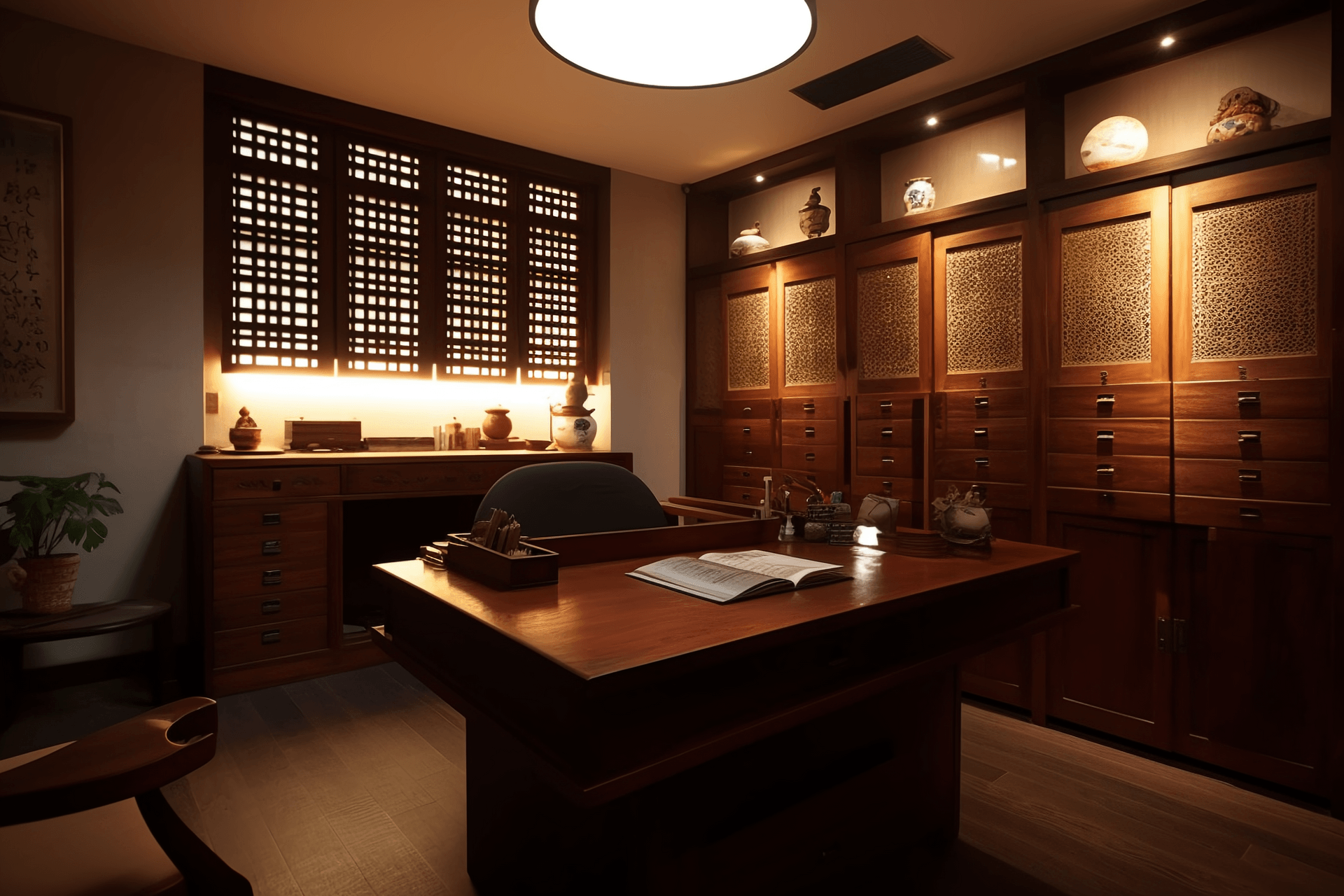 Relieving Motion Sickness: The Power of Quze Acupoint Massage
Relieving Motion Sickness: The Power of Quze Acupoint Massage Lifting and Supporting the Sagging Stomach: The Supporting Method
Lifting and Supporting the Sagging Stomach: The Supporting Method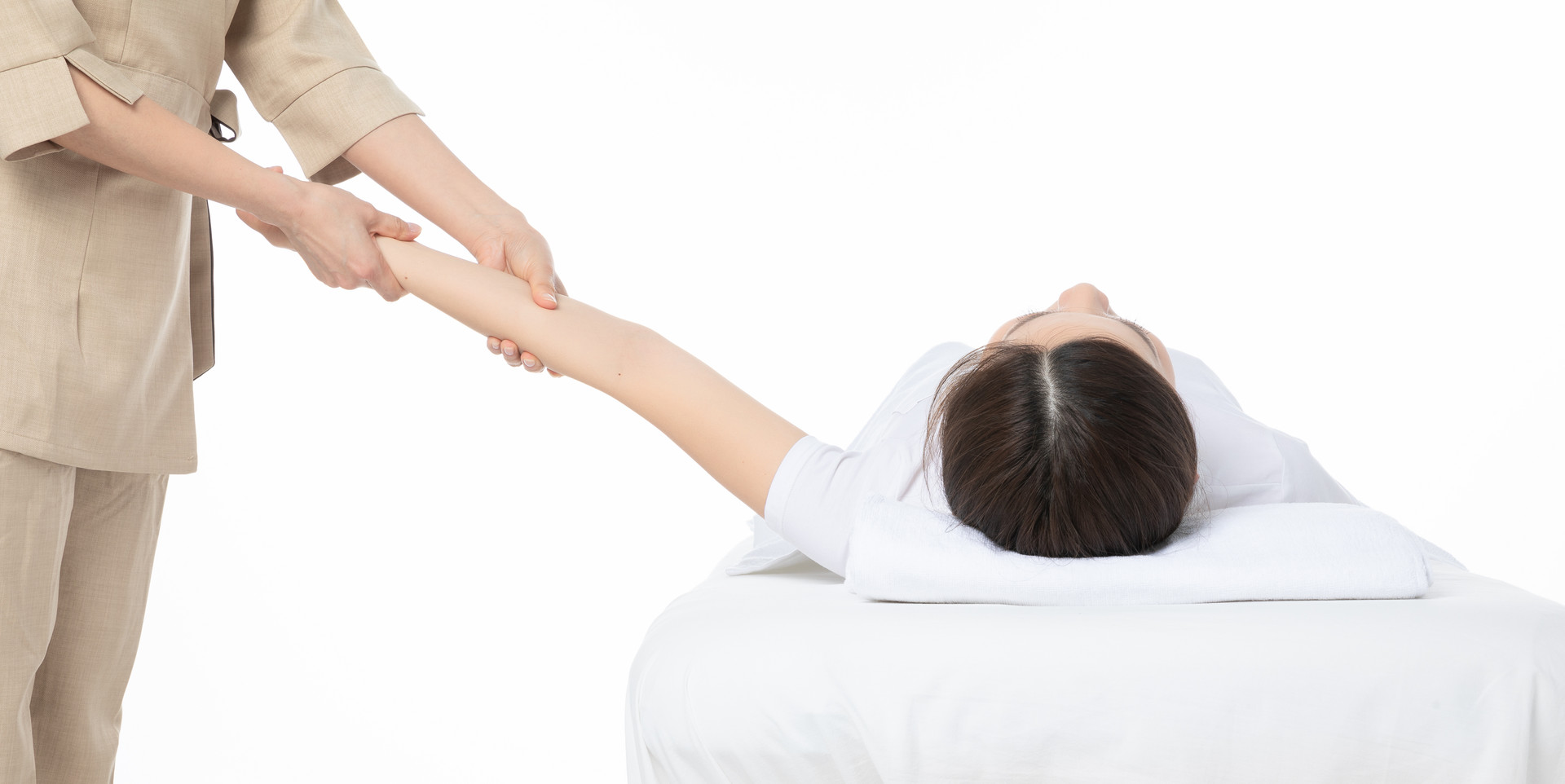 Five Methods for Waist Manipulation: Effective Techniques for Treating Pain and Dysfunction
Five Methods for Waist Manipulation: Effective Techniques for Treating Pain and Dysfunction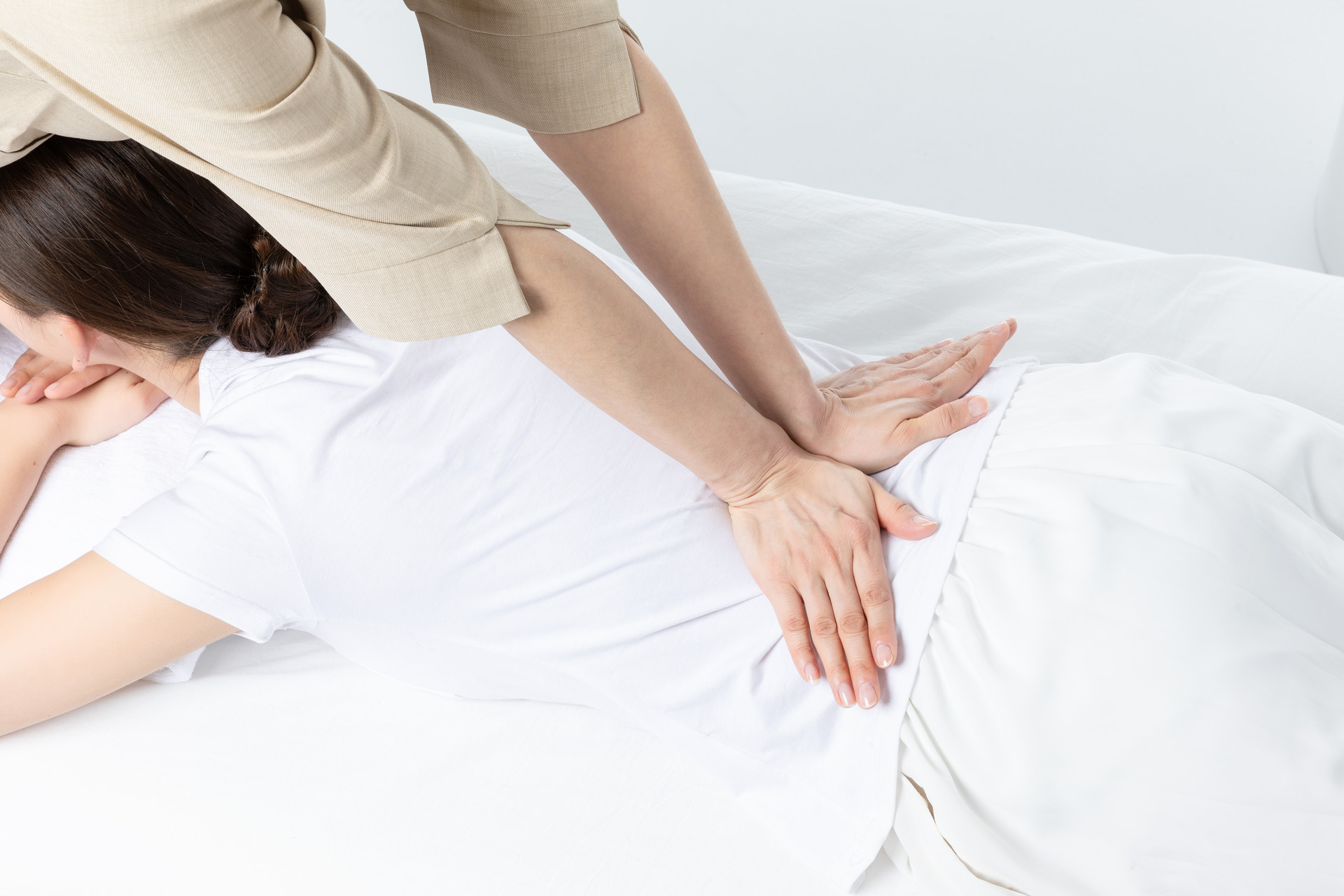 Effective Treatment for Pediatric Abdominal Pain: Gentle Palm Covering for Pain Relief
Effective Treatment for Pediatric Abdominal Pain: Gentle Palm Covering for Pain Relief
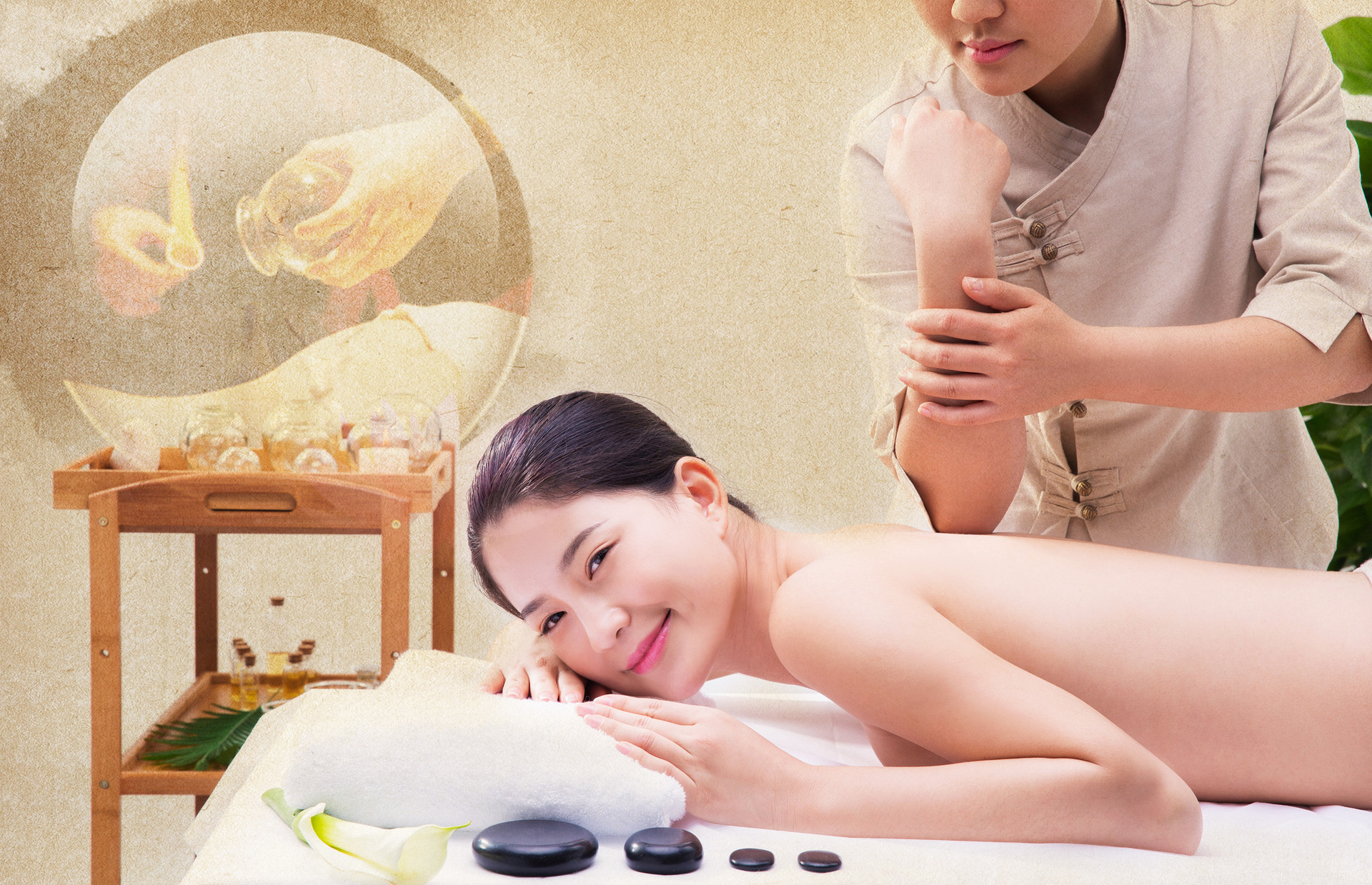 1Revitalizing the Lower Limbs: Simple Techniques for Health and Wellness
1Revitalizing the Lower Limbs: Simple Techniques for Health and Wellness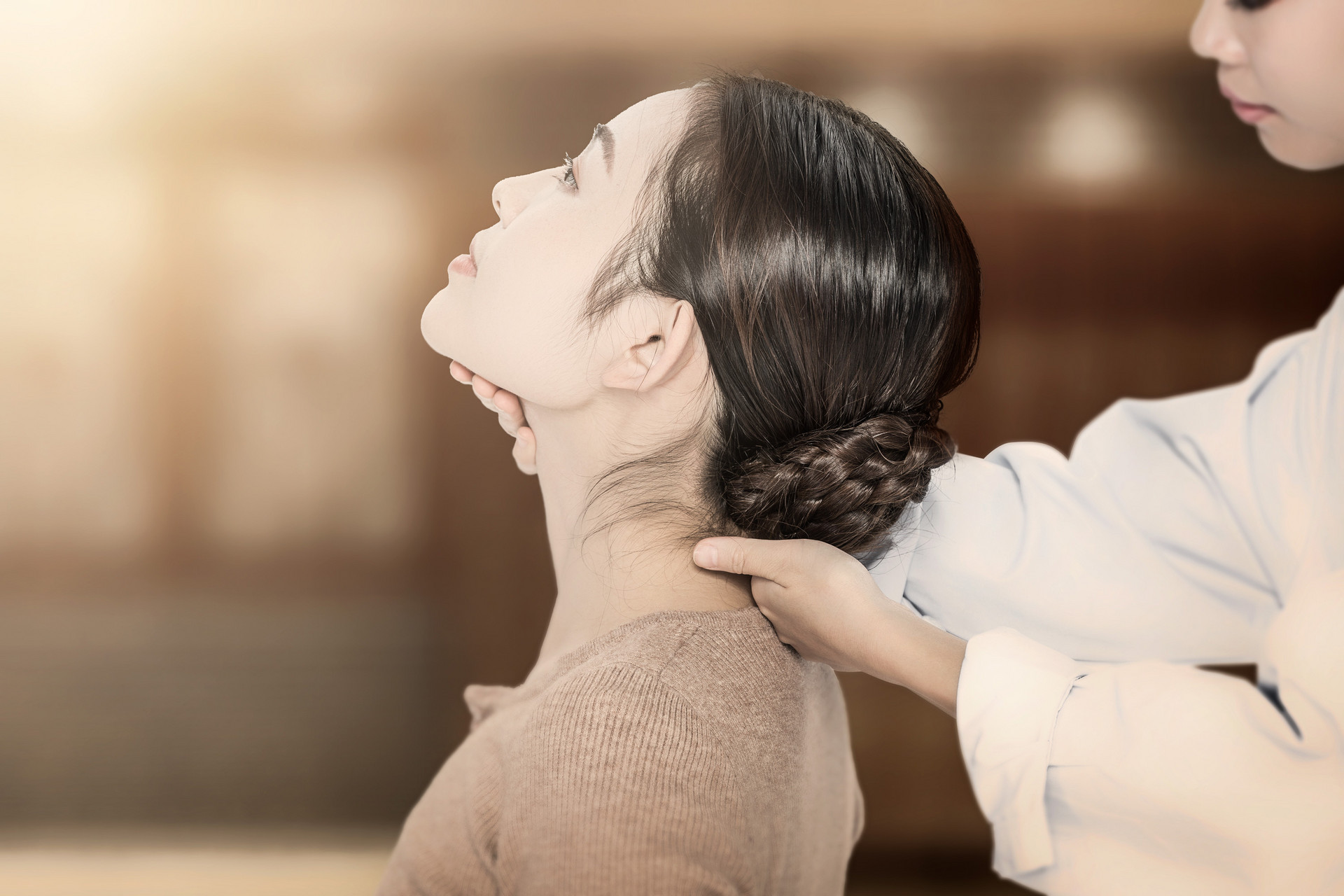 2Saying Goodbye to "Artificial Tears": Exploring Traditional Chinese Medicine for Eye Care
2Saying Goodbye to "Artificial Tears": Exploring Traditional Chinese Medicine for Eye Care 3Simple and Effective: 6 Methods of Health Massage for Meridian Regulation
3Simple and Effective: 6 Methods of Health Massage for Meridian Regulation 4Thumb Smearing: An Effective Technique for Head, Face, and Neck Health
4Thumb Smearing: An Effective Technique for Head, Face, and Neck Health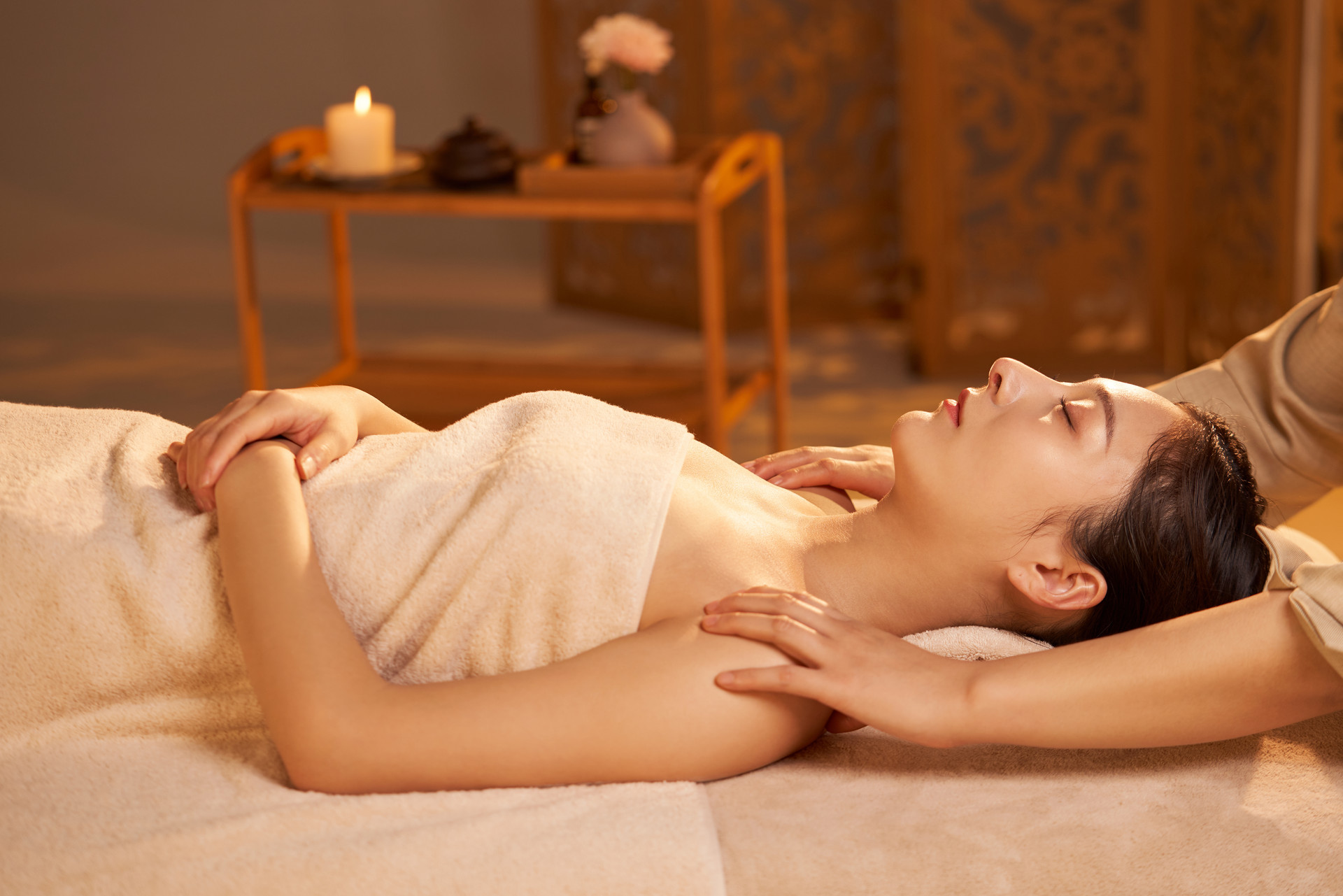 5Self-Massage Therapy for Kidney Health and Pain Relief
5Self-Massage Therapy for Kidney Health and Pain Relief
